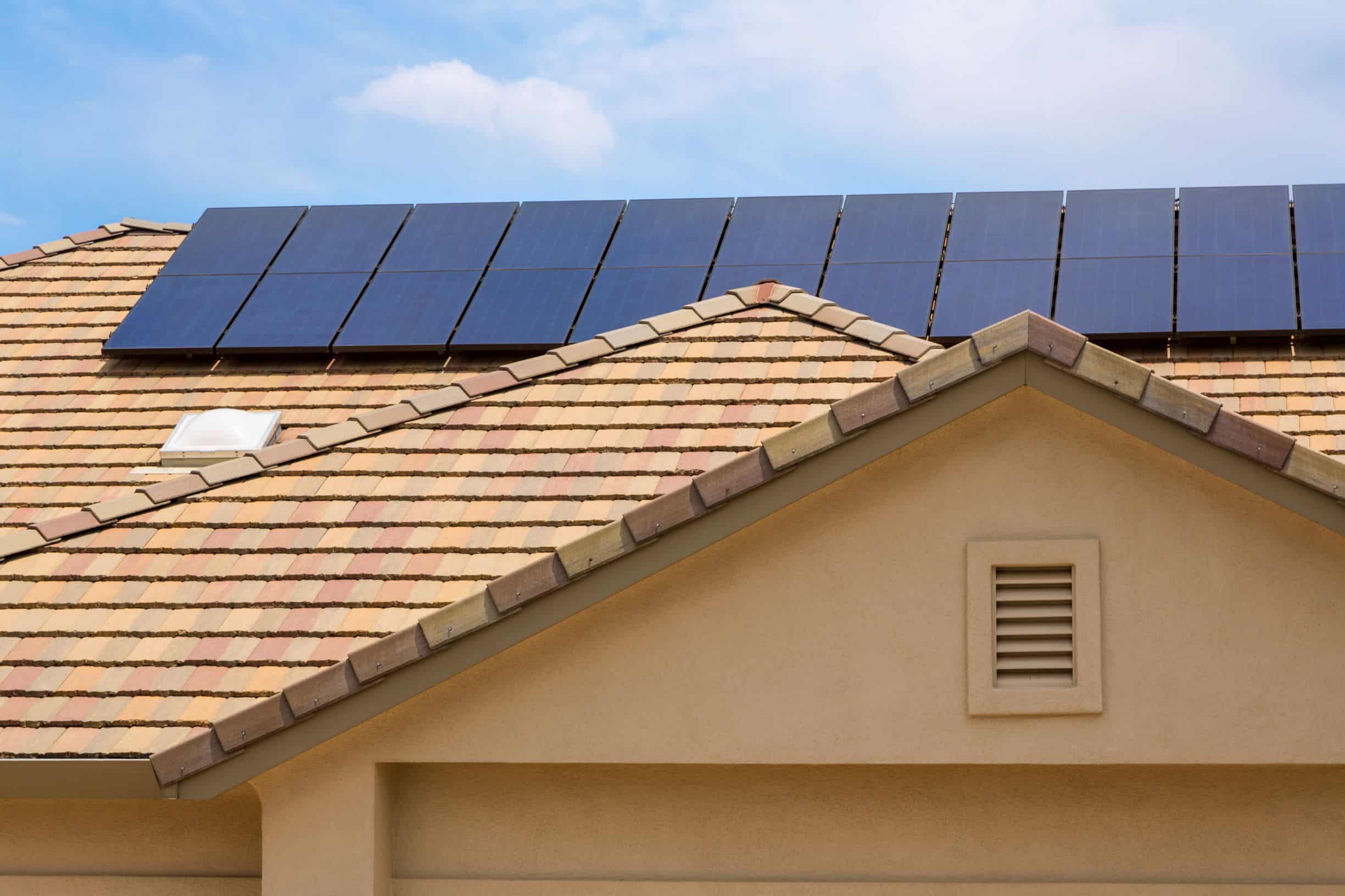We put this important question – and a few related ones – to Isaac Opalinsky, SunPower’s senior manager of training. Here’s what he had to say about solar panel size, efficiency and installation.
Are the various solar panel sizes important for customers to consider?
Size is a factor to consider in solar panels, but ultimately the selection of a solar powered system for a home for most homeowners is going to come down to efficiency and reliability, and SunPower’s Maxeon panels are top rated in both categories. 1
How are SunPower panels more efficient?
I like to compare solar panels to windows. A solar panel’s size is like a window. The bigger the window, the more sunlight you can take in. But efficiency is the other critical factor. In our window analogy, this translates to the amount of light that comes through the window. Compare a modern window to old glass that you might see in an 18th or 19th century building. Even if that older glass is perfectly clean, some of that light is going to be reflected and some of it is going to be lost to the impurities in the glass itself. It’s kind of like that with a conventional solar cell and solar panels. SunPower panels are like the modern window – they let more light through.
That’s true no matter the size of the panels?
Yes. The most common size we see in residential rooftops are roughly 41 inches wide by 62 inches tall, but it will vary by manufacturer. The power outputs for non-SunPower panels might range from 270 watts at the lowest end to 300 or 330 watts for a premium efficiency panel. But that goes all the way up to 370 watts if we’re talking about SunPower’s highest-performing modules. In essence, the highest-performing SunPower module of that size might bring almost 30 percent more wattage in the same square footage.
How can SunPower’s panels be so much more efficient than competitors?
It really comes down the cell technology. Each panel is made up of solar cells. SunPower has what we call “interdigitated back contact technology.” Basically, we take all of the wires that carry the electricity from the solar cell and put them onto the back of the cell. That increases the power output by eliminating shading. While SunPower is not the only manufacturer who puts all the wires on the back of the cell, we have an additional efficiency premium because we also build our cells on a solid copper foundation. This helps the cell operate more efficiently and function better in high temperatures. SunPower has other improvements that help as well. We have anti-reflective glass that helps the panels absorb more light. We also have ultra-pure silicon that goes into the cells. All these things together make SunPower cells unique and help our panels harvest more energy.
Hasn’t SunPower come out with a larger panel?
SunPower’s has an A-series panel that’s capable of producing 400 or 415 watts. That new panel is a little bit skinnier and a little bit taller – about 40 inches by 72 inches. Overall, it’s a larger panel than our panels that produce 370 watts but with comparable efficiencies to other SunPower panels. The benefit is that it generates the same amount of power with fewer panels on the roof. For instance, instead of 20 panels, a homeowner might only need 17.
How does this help homeowners?
Fewer solar panels makes for a more efficient installation process and uses fewer materials. With these larger A-series panels, there’s less metal per watt, fewer rails per watt and fewer roof attachments per watt. This typically results in a faster installation process, which means the installers will spend less time on the roof.
How are SunPower panels more reliable?
Many solar products out there operate efficiently on day one, but they quickly lose their efficiency. Part of how SunPower optimizes energy harvest is by building our panels on that solid copper foundation I mentioned earlier, which literally holds the cells together. It’s a very durable piece of metal over the life of the system. That means that snow and heavy winds – things that will cause damage to the panels and reduce energy output – are far less likely to reduce a solar system’s efficiency. That’s why SunPower can offer the most comprehensive warranty in the solar industry.2
1 Highest efficiency panels available: Based on datasheet review of websites of top 20 manufacturers per IHS, as of May, 2019. Leading Reliability: Jordan, et. al. Robust PV Degradation Methodology and Application. PVSC 2018.
2 Based on Jan, 2019 review of warranties on manufacturer websites for top 20 manufacturers per IHS 2018.
This post originally appeared on the SunPower Resource Blog









